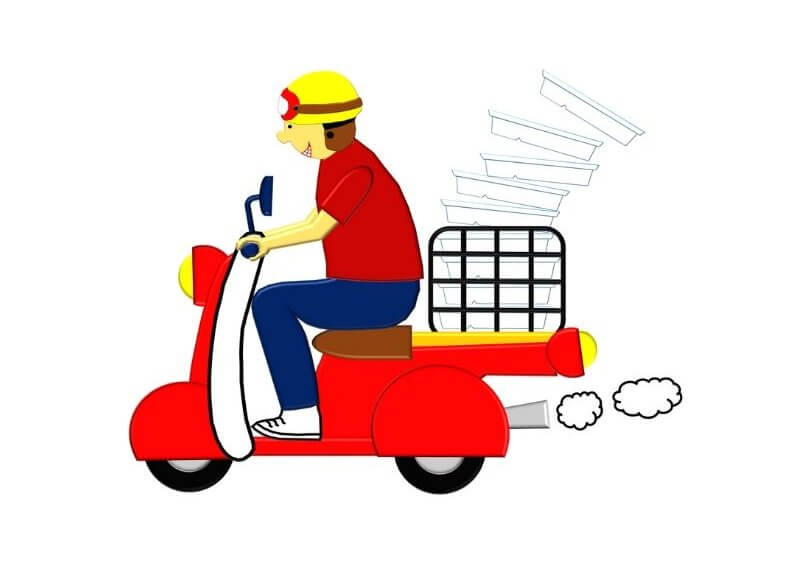
Last Mile Delivery And Why It Is So Important?
As customers are progressively turning to e-commerce for all their shopping requirements, accelerated order fulfilment is not just a “good to have” feature — it is the expectation of every internet shopping experience.
Companies have started racing today to create new technologies and experimental supply chain prototypes to boost the number of parcels, accelerate deliveries and delight clients — all while attempting to cut expenses at the same time. Unfortunately, the same-day, Last-Mile Shipping is one of their greatest expenditures and difficulties.
But, if the logistics firms and their retail associates want their businesses to bloom in this highly competitive on-demand economy, they have to take the aid of the Last-Mile Delivery Model and make the best out of it.
What is the Last-Mile Delivery?
In the trip of a product from the store shelf to the customer’s door, the “last mile” of shipment is the final phase of the process— the point at which the package lastly reaches the door of the buyer. Other than being the key to customer satisfaction, the Last-Mile Delivery Model is the most costly and time-consuming aspect of the shipping method as well.
Why is Last-Mile Delivery so important to businesses?
Well, basically the Last-Mile Delivery system is the company’s face and the determining factor when it comes to people’s perception of your company. This is simply because an efficient last-mile delivery can lead to favorable mouth marketing statements by the customers which can directly help increase your company’s brand reliability and credibility.
But as simple as it may appear to perfect the last mile shipment, it is something that can not be accomplished so readily. Even many company gods are working on the last mile’s loopholes they’ve encountered. To achieve a decent standard, it needs continuous commitment and practice.
What is the issue with the Last-Mile Delivery System?
If you’ve ever monitored your parcel over the internet and saw it was “out for shipment” for what feels like an eternity, you’ve already realized that incompetence is the last mile problem. That’s because there are typically multiple stops with small tiny-winey drops in the final stage of delivery.
Delivery stations could be several miles apart in remote regions on a specific path, with only one or two parcels being handed off at each. In cities, the outlook isn’t much better either; the near-constant pauses in road flow rapidly rupture the efficiency like anything else.
The expenses and inefficiencies of the last mile problem have only been further aggravated by the steady increase in e-commerce in US retail sales. It has dramatically inflated the number of packages supplied each day and raised customer’s demands to not only make the delivery system fast but free as well.
Like two sides of every coin, the last mile delivery have also its pros and cons. Before investing in it, one must study about it thoroughly, not only the perks but the possible cons and hindrances as well.
See Also




